Development
-
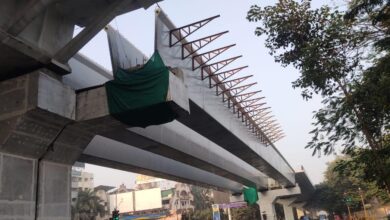
RTO Flyover to Open in September First Week After 1.5-Year Delay in Nagpur
The city of Nagpur is finally set to witness the opening of the much-anticipated Bole Petrol Pump–Futala Square flyover in…
Read More » -
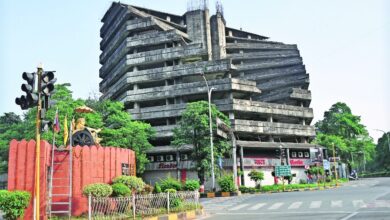
Poonam Tower Controversy: Maharashtra Government Pushes for Structural Audit and Acquisition for Vidhan Bhavan Expansion
Vidhan Bhavan expansion: The Poonam Tower Nagpur—a half-constructed and long-abandoned building standing right opposite the Maharashtra Vidhan Bhavan in Nagpur—has…
Read More » -

SECR Nagpur Division to Develop World-Class Cricket Ground at Kalamna to Boost Sports Infrastructure
Kalamna cricket ground: In a significant move to promote sports culture and nurture emerging talent within its ranks, the South…
Read More » -
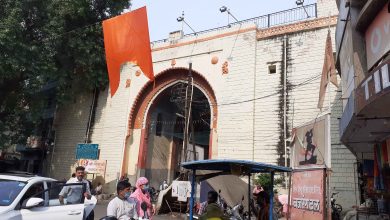
NMC Launches Heritage Revival Plan to Restore Gandhi Gate in Mahal, Nagpur
A New Dawn for an Ancient Gateway In a significant step toward reviving Nagpur’s historical legacy, the Nagpur Municipal Corporation…
Read More » -
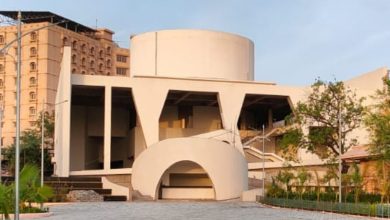
Koradi’s Grand Transformation: Butterfly Garden, 7D Theatre & Tallest Hanuman Statue in the World
Koradi, a town nestled in the heart of Vidarbha, is on the brink of a breathtaking transformation. Spearheaded by Guardian…
Read More » -
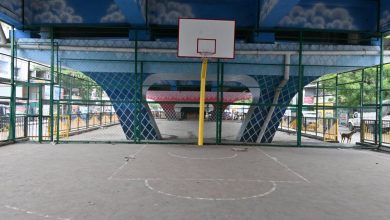
NMC’s Urban Revival: Transforming Flyover Spaces into Green Retreats and Sports Arenas
In a bold and visionary stride towards urban rejuvenation, the Nagpur Municipal Corporation (NMC) has initiated a transformative project that…
Read More » -
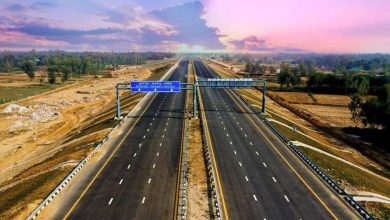
₹20,787 Crore Sanctioned for Nagpur-Goa Shaktipeeth Expressway: Full Route, Benefits & Economic Impact
Nagpur Goa Expressway: In a monumental move to boost connectivity and religious tourism across Maharashtra, the Maharashtra Cabinet has approved…
Read More » -
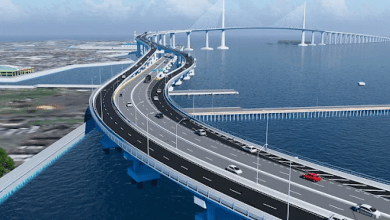
Maharashtra to Build India’s Longest Road Tunnel: A Leap Forward in Travel from Nagpur to Goa
Maharashtra longest road tunnel: In a monumental leap for India’s infrastructure development, Maharashtra is poised to construct India’s longest road…
Read More » -
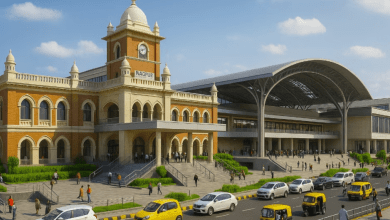
Modern Basement Parking Shaping Up Under Nagpur Railway Station Revamp
Nagpur basement parking | Nagpur railway station revamp : The Nagpur Railway Station Redevelopment Project has entered a transformative phase…
Read More » -

Shri Jagruteshwar Temple to Get Makeover in Jagnath Budhwari
A New Dawn for an Ancient Sanctum in Nagpur Shri Jagruteshwar Temple: Nagpur spiritual and architectural landscape is poised for…
Read More »

